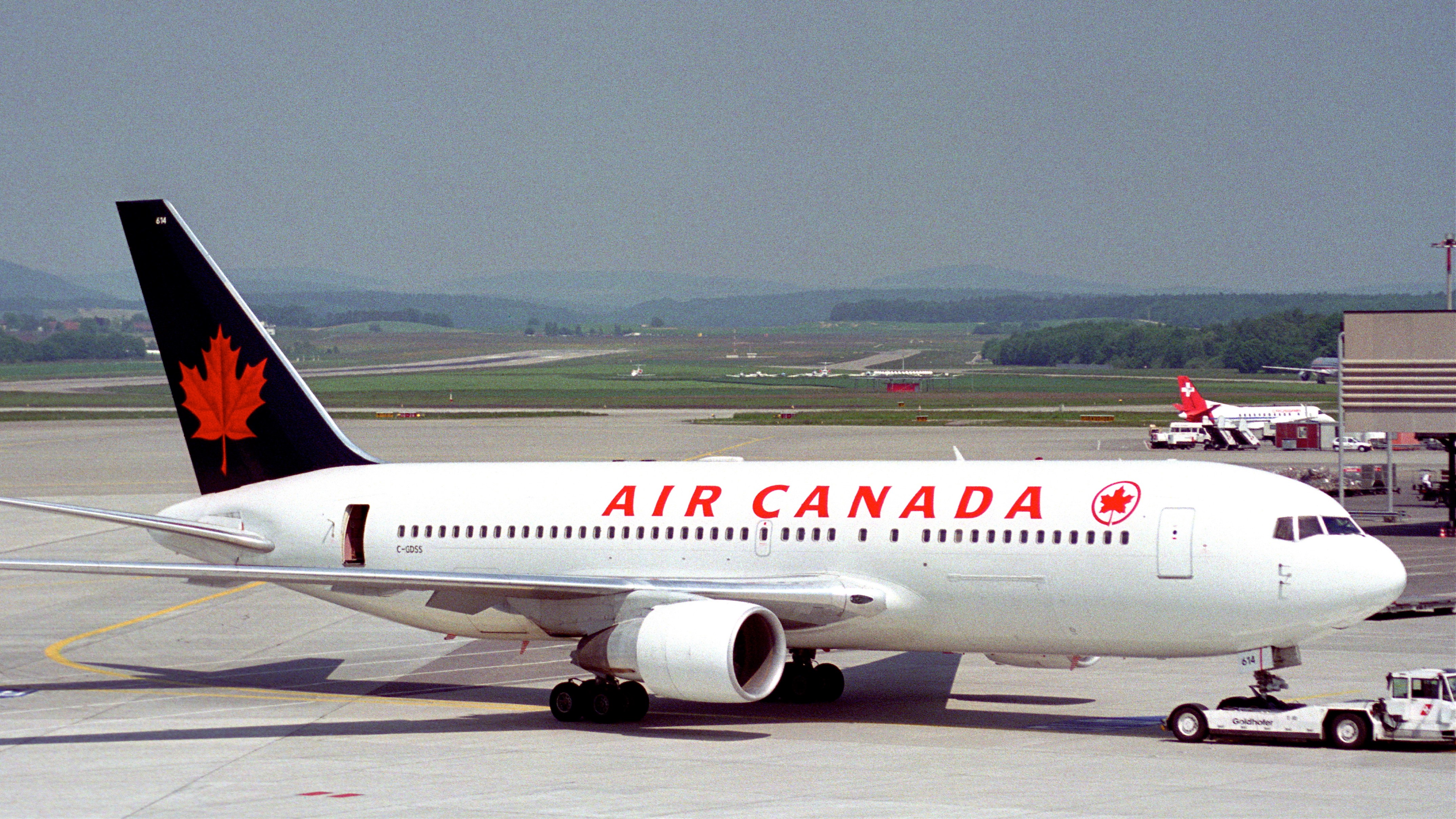Air Canada (TSX:AC)(TSX:AC.B) shares are up 177% since January 2016 and 104% since January 2017 — a result of the company’s outperformance relative to expectations for at least the last five quarters, which has led to increasing estimates and expectations.
This has been driven by the company’s success in implementing a total overhaul and restructuring of its business.
And the 11% increase in EBITDAR in the second quarter of 2017 compared to the same period last year is just the beginning.
Another key to the story is the company’s cash flow and its free cash flow generation. And this has not been an easy one to come by.
After years of struggling, the company expects to generate cumulative free cash flow for the next three years of $2-3 billion. This is the second increase in management’s expectations in recent months.
This increase reflects a robust demand environment, with second-quarter traffic up 13.6%, and fare growth up 1.4%. Management continues to see strength in these areas in the second half of the year.
The company is still burdened by a heavy debt load, with a debt-to-total-capitalization ratio of 85% as of last quarter. This free cash flow generated will be used to work these debt levels and the risk level of the company down, as well as for share buybacks.
Newer, more profitable aircraft, labour deals, and a continuing low oil price environment should mean that Air Canada will continue to do well.
But we must keep the risks in mind as we soar with the stock price; risks include the potential for strengthening oil prices and heavy consumer debt loads.
These are two risks that I am keeping an eye on. We cannot deny that Air Canada management has done a phenomenal job at improving its business, but these things could interfere with the company’s plans for success.
With the price of oil currently exceeding $50, and early signs that the market is rebalancing successfully, Air Canada’s windfall due to lower energy prices could be coming to an end.
Furthermore, consumer indebtedness is currently at very elevated, unsustainable levels. And with interest rates rising, this burden may soon become too much to handle, resulting in a reduction in disposable income. Hence, travel dollars could slowly dry up.
Lastly, the fact remains that although Air Canada’s shares appear to be attractively valued, we cannot forget that this is a highly cyclical industry, with heavy fixed costs. This is relevant to investors because it means that we need to be ready to sell or at least lighten up as the good times end and the cycle turns.
The downside is big, making Air Canada shares a highly volatile investment on the way up and on the way down.
Tread carefully.







